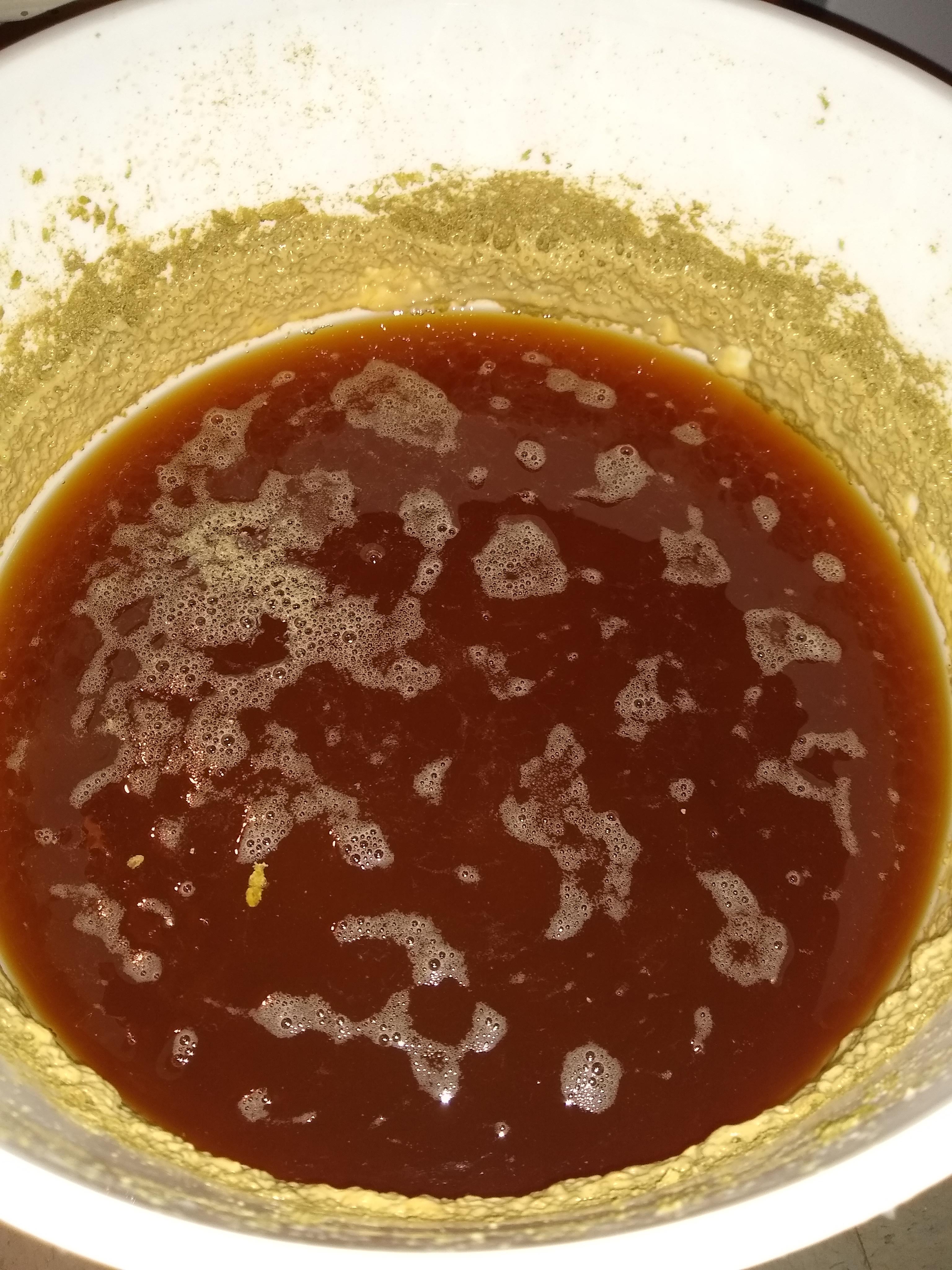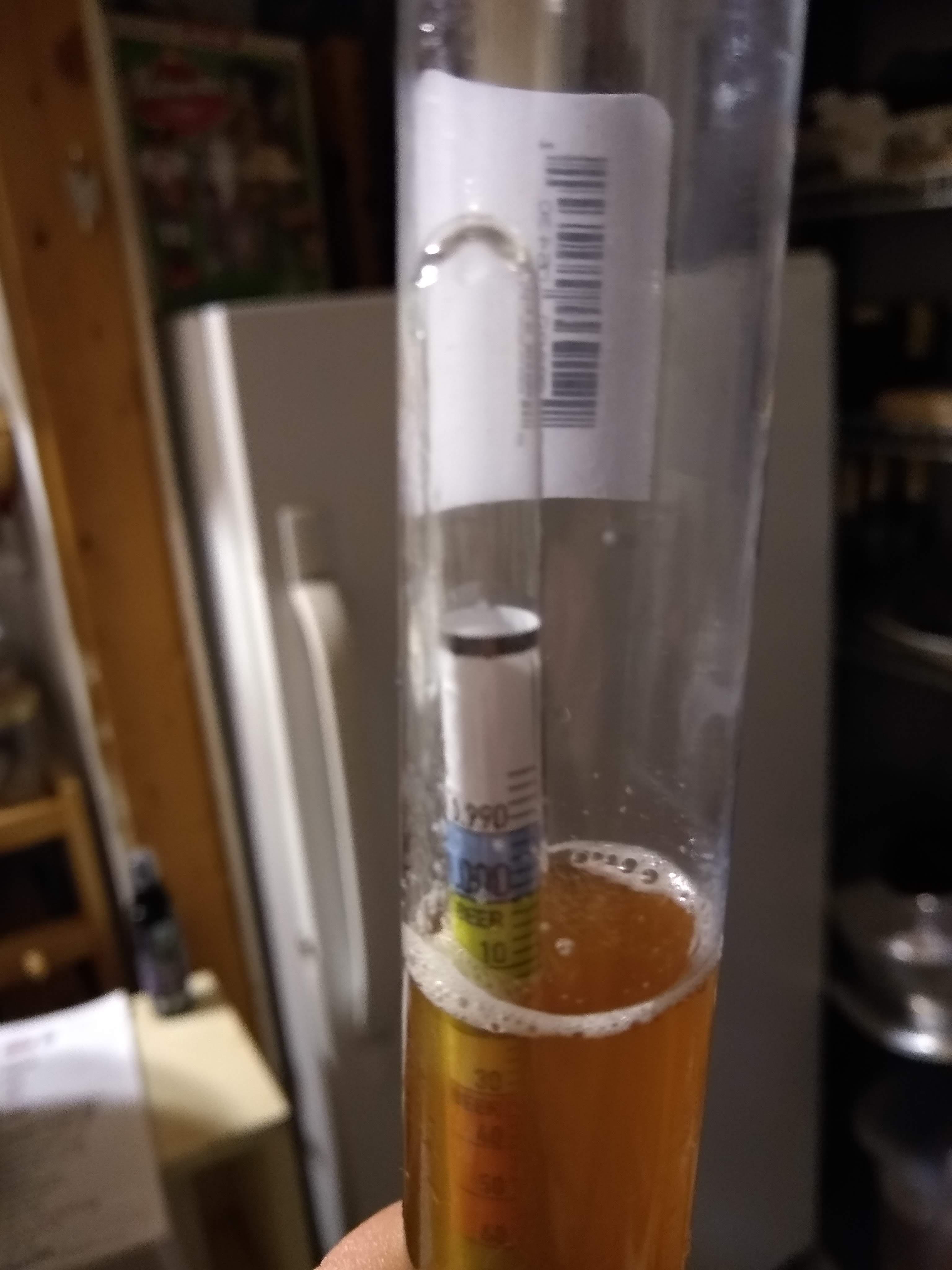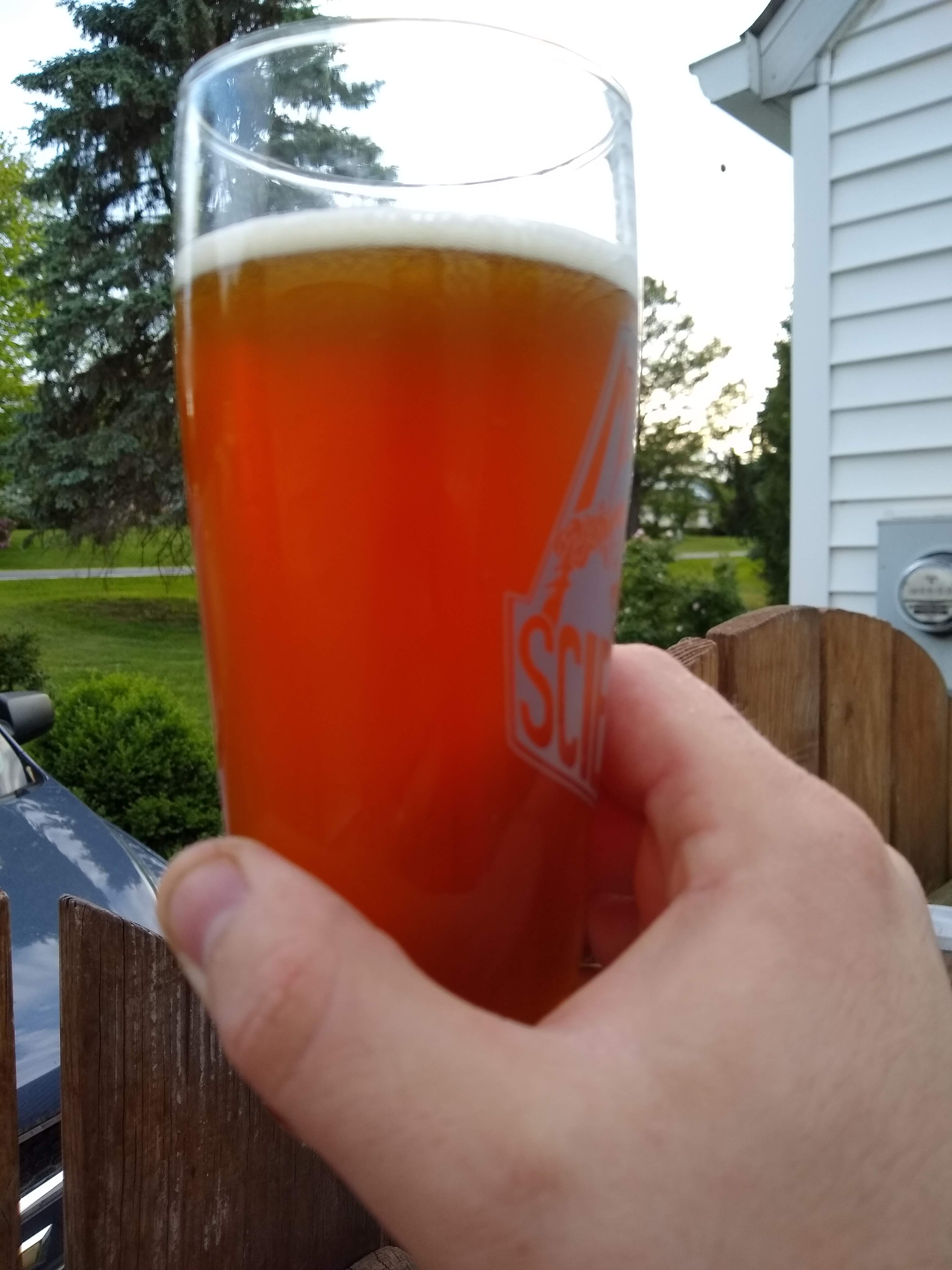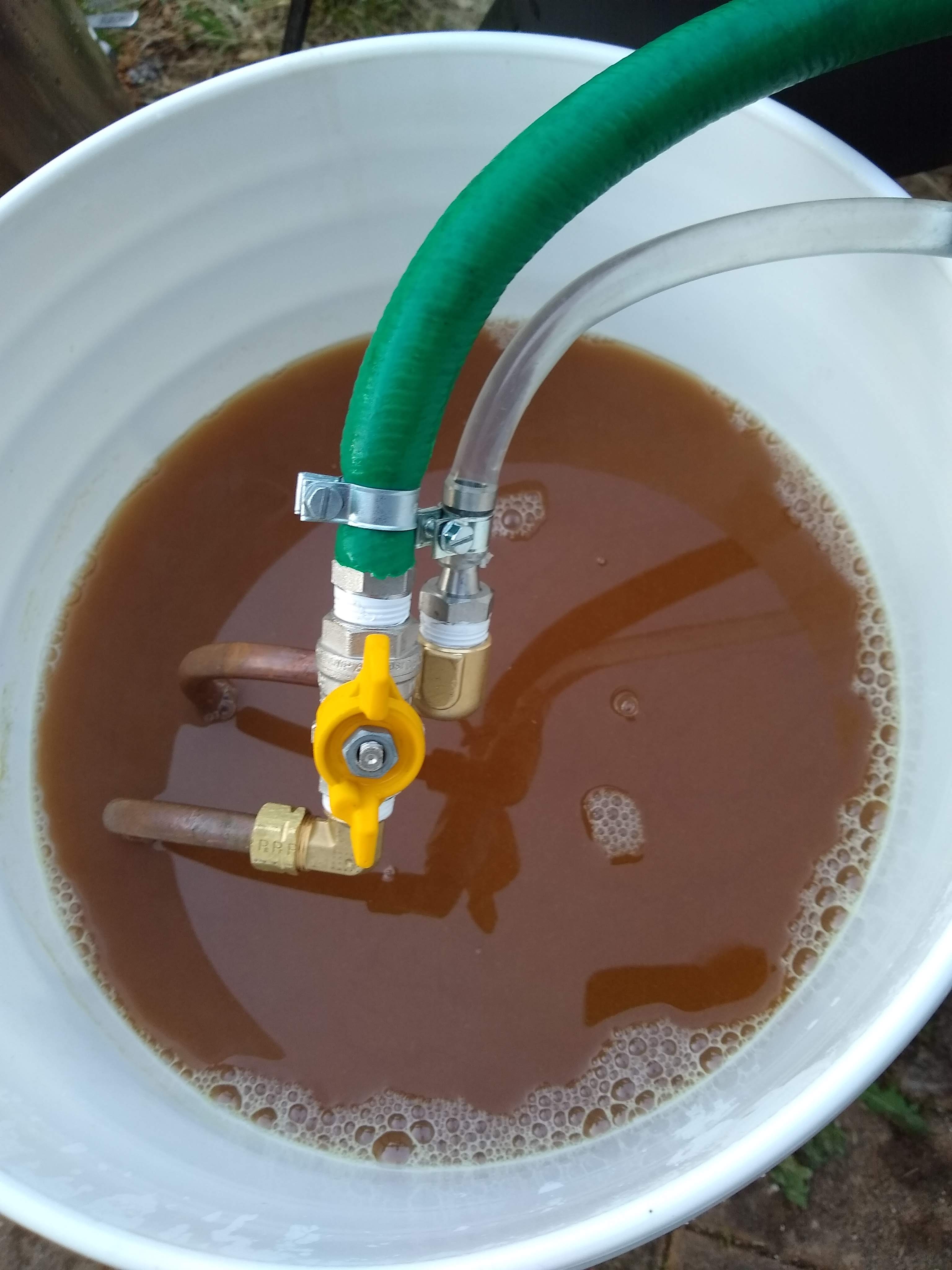JLeather
Well-Known Member
Just wanted to start this thread to say hi to the forum and to chronicle my attempt-at and questions-from my first solo batch of beer. I've brewed two 5 gallon batches at a local brewing supply place (Flying Barrel in Frederick) and started slowly collecting equipment to do it on my own. I've got a propane turkey fryer burner, 7.5 gallon kettle, a couple plastic fermenter buckets, and a homemade copper wort chiller you hook up to a garden hose, plus the little stuff (bottle tree, hygrometer, etc, etc). With the great pandemic of 2020 I'm kind of stuck home alone (except for my wife and two small kids) so I'll be going at my first batch solo this weekend. Since I'm an IPA fan, and since I haven't made a mashtun yet, I've chosen the Sculpin clone extract kit from MoreBeer.com. I've got a pack of Wyeast 1056 in the fridge and some backup dry Safale US-05 packets in case it gives me trouble.
One question I have ahead of time are whether or not I should plan on racking to a secondary fermenter when I dry hop? This kit has a dry hop at ~5 days before bottling. I have some buckets with spigots and some without. I had thought about possibly doing the initial in a bucket without spigot, siphoning to a spigot bucket when I dry hop, and bottling from that? When I did the two batches at the Flying Barrel I fermented and dry hopped all in one non-spigot bucket and racked to a spigot bucket the day of bottling.
Anything I should make sure to do/not do my first solo batch? I'm going to be re-using 12 oz bottles from my first two batches, well sterilized of course. I've got PBW for the equipment and StarSan in a spray bottle. Also my house is on a well, but with carbon filters and a UV light.
One question I have ahead of time are whether or not I should plan on racking to a secondary fermenter when I dry hop? This kit has a dry hop at ~5 days before bottling. I have some buckets with spigots and some without. I had thought about possibly doing the initial in a bucket without spigot, siphoning to a spigot bucket when I dry hop, and bottling from that? When I did the two batches at the Flying Barrel I fermented and dry hopped all in one non-spigot bucket and racked to a spigot bucket the day of bottling.
Anything I should make sure to do/not do my first solo batch? I'm going to be re-using 12 oz bottles from my first two batches, well sterilized of course. I've got PBW for the equipment and StarSan in a spray bottle. Also my house is on a well, but with carbon filters and a UV light.










